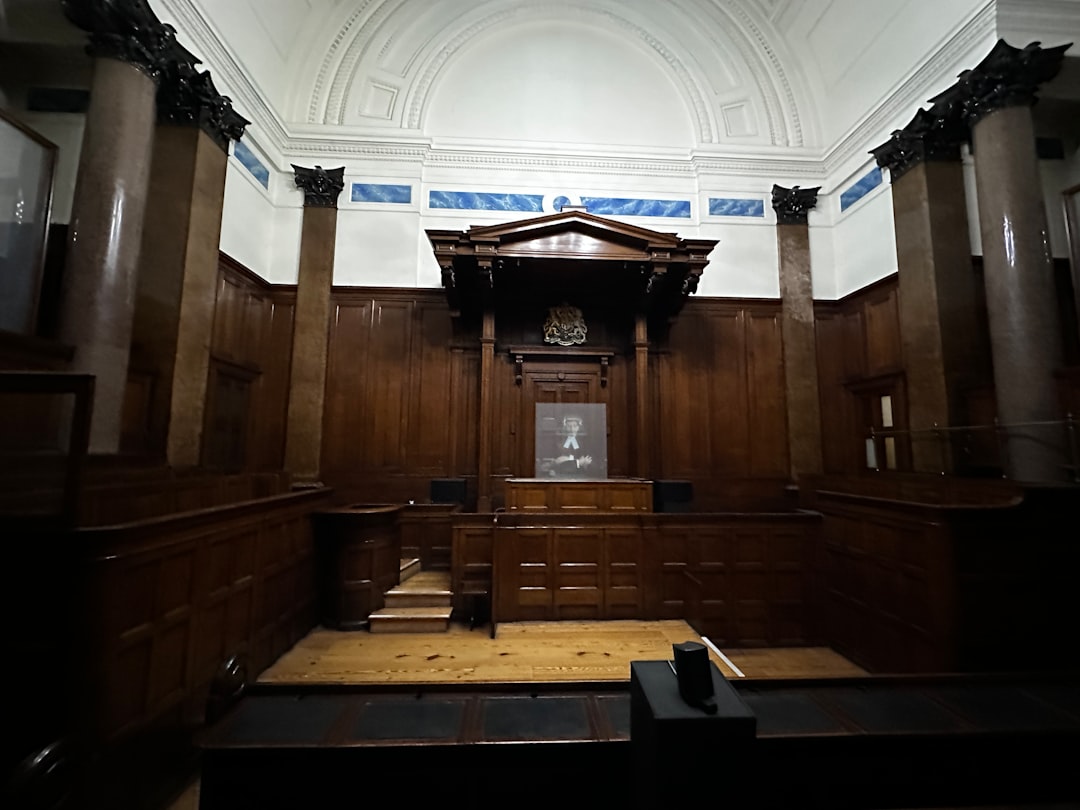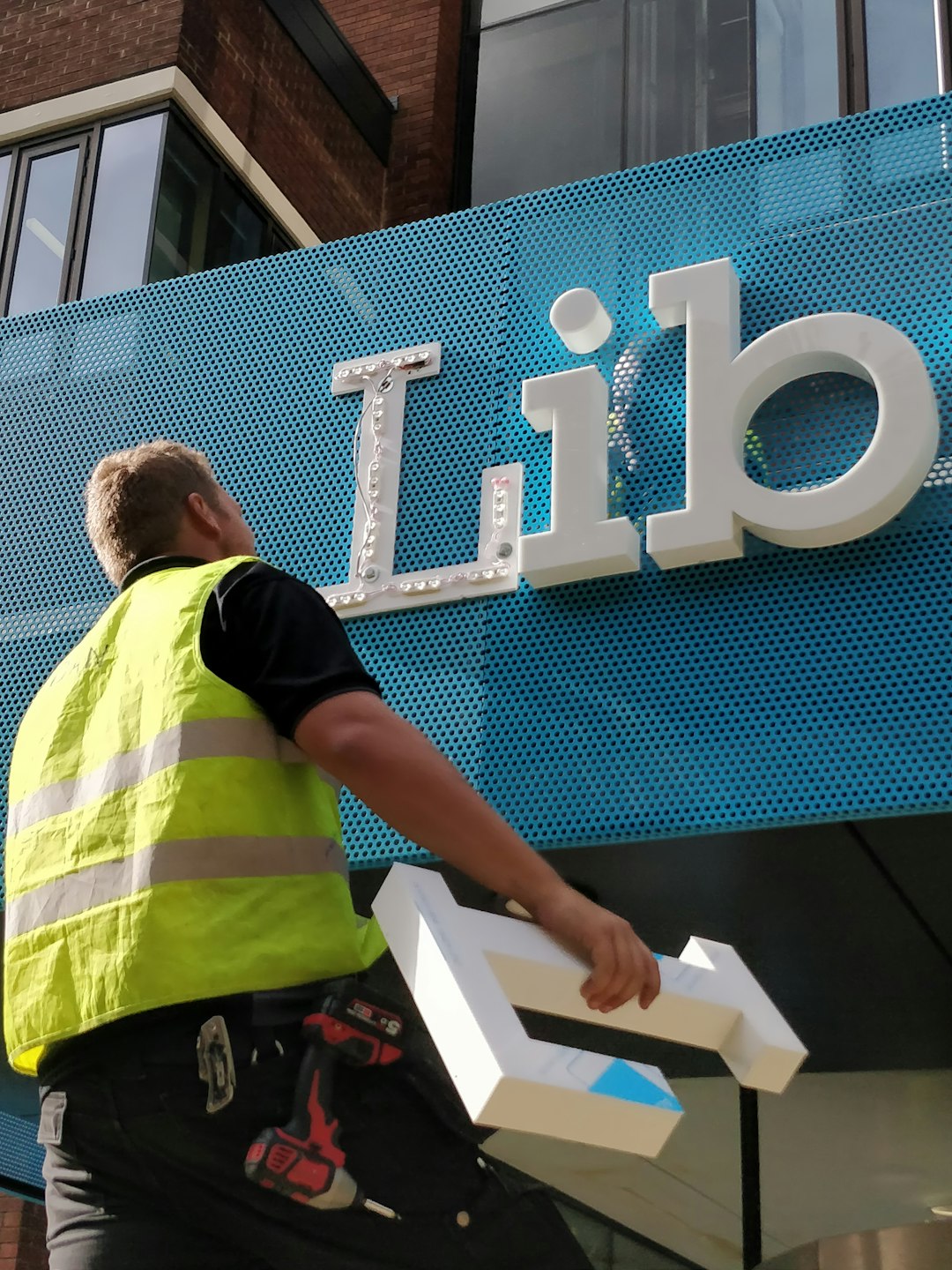Transportable building installation is an innovative solution that addresses the growing need for flexible and efficient construction methods. These structures, often referred to as modular or portable buildings, offer a range of benefits that make them an attractive option for various applications, from residential to commercial and educational facilities.
One of the most significant advantages of transportable buildings is their ability to be relocated. This feature provides a level of flexibility that traditional buildings cannot match. Whether it’s an office that needs to move with a growing business or a classroom that requires relocation due to changing demographics, transportable buildings offer a practical solution. They are designed to be easily dismantled and reassembled at a new location, which is both cost-effective and time-efficient.
The installation process for transportable buildings is relatively straightforward compared to conventional construction methods. Once the site is prepared, the building components are delivered and assembled on-site. This process significantly reduces the time required for construction, sometimes by up to 50%. For organisations where time is of the essence, such as schools needing extra classrooms or companies requiring new office space quickly, the speed of transportable building installation is an invaluable benefit.
Moreover, transportable buildings are constructed with high-quality materials that offer durability and sustainability. Many companies now prioritise eco-friendly designs, using materials that have a lower environmental impact. This approach not only benefits the planet but also aligns with the growing consumer demand for sustainable building practices.
Another aspect that makes transportable buildings appealing is their cost-effectiveness. Traditional construction can be expensive due to the labour and materials involved. In contrast, transportable buildings are typically more affordable because they are built in a controlled factory environment. This method reduces waste and allows for bulk purchasing of materials, which can lead to significant savings.
Customisation is another key feature of transportable buildings that adds to their appeal. They can be tailored to meet specific needs, whether that involves adding extra rooms, installing advanced technology, or ensuring accessibility features are in place. This level of customisation ensures that the building can serve its intended purpose effectively, whether it’s being used as a temporary event space or a long-term facility.
Transportable buildings are also becoming increasingly popular in remote areas where traditional construction is challenging and expensive. Their ability to be easily transported and quickly erected makes them ideal for locations where access to materials and labour is limited. This flexibility ensures that essential infrastructure can be delivered to areas that need it most, without the lengthy wait times associated with traditional construction.
For those considering this option, it’s important to engage with experienced providers who can offer guidance and support throughout the process. Companies specialising in this field can help with everything from design and planning to final installation, ensuring that the building meets all necessary regulations and standards.
In conclusion, transportable building installation offers a modern, efficient, and versatile solution to many of the challenges faced by traditional construction. Their ability to be customised, relocated, and quickly erected makes them a practical choice for a wide range of applications, providing both immediate and long-term benefits. As demand for flexible and sustainable building solutions continues to grow, transportable buildings are likely to become an increasingly common sight in our built environment.







